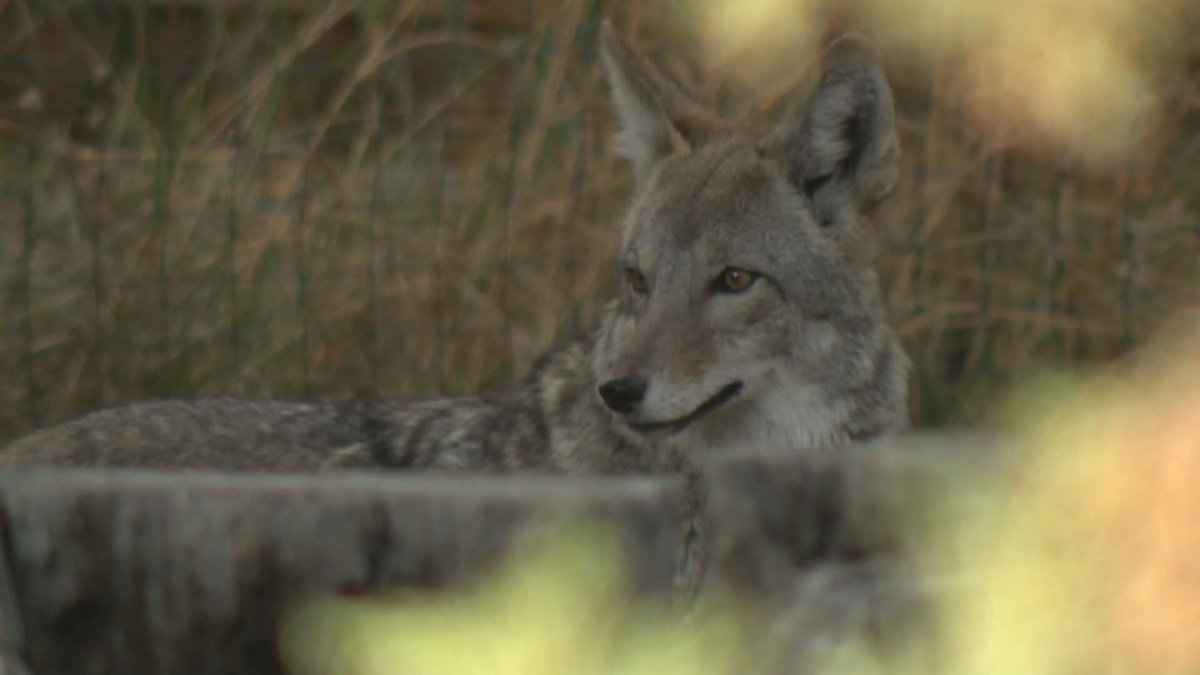Farmers and ranchers in southern Saskatchewan have brought their concerns forward about the problems that coyotes were causing. The Saskatchewan Association of Rural Municipalities (SARM) said they have been receiving numerous reports from people in three rural municipalities (RMs) about coyotes wreaking havoc.

“The coyotes are more prevalent because they’re probably … hungrier this time of year than they would be normally because of the winter conditions,” said SARM President Ray Orb.
“Now they’re going after farmer’s calves. So calving season for farmers is a time when their livestock, particularly the calves that are being born, are very vulnerable. So that’s why we’re getting a lot of calls.”
The RMs of Weyburn, Cymri and Estevan are offering $20 for each set of four paws that are turned in as they posted bounties in their district.
“Unfortunately, once these coyotes are in your area, know they’re not going to leave because they’re obviously getting out of sorts of food,” said Orb. “So, they’re going to be … hard to control. And I think that’s why the RMs are reacting that way, and rightfully so.”
In 2009, the province introduced the Saskatchewan Coyote Control Program which aimed to help producers with coyotes who were killing their livestock.
According to Aaron Hofman, The Fur-Bearers Director of Advocacy and Policy, when the province introduced the bounty back then, hunters and landowners killed 71,000 coyotes but it never resolved the issue.
“Coyote bounties don’t work because the populations of coyotes will bounce back and, in some cases, it will actually increase,” said Hofman. “Coyotes … might increase their breeding. And also, when coyotes are killed from one region, other coyotes or other carnivores will move into that region to utilize those resources.”
Orb said producers can get crop insurance if their livestock is affected by predators but other than that, there’s no further options for farmers and ranchers on dealing with the issue of coyotes.
“I don’t know how effective this bounty will be, but I think for a lot of people it’s a last resort, unfortunately,” said Orb.
Hofman said prevention measures and coexistence is a better approach to the coyote issue in the prairies.
“Some of this could include improved fencing. It could include having effective waste and attractant management strategies in place,” he said.
The Saskatchewan Ministry of Environment stated in an email response that it’s best to leave unoffending or well-behaved coyotes alone and that they can actually prevent livestock losses by defending a territory that may overlap pastures, effectively excluding interlopers from neighboring packs who may have learned to kill livestock.
“Using a coyote bounty to encourage hunting will temporarily reduce the number of animals but populations will rebound quickly. After periods of significant population decline, the coyotes that survive respond by producing larger litters,” according to the statement.
“With less competition for food, more young survive so the population rebounds quickly. The higher proportion of younger animals in the population in subsequent years are less experienced hunters and may be more apt to select livestock as prey.”
The province has wildlife regulations which allow Saskatchewan residents to hunt coyotes with a firearm in southern Saskatchewan without a licence, and any coyotes or parts of coyotes taken may be submitted to a rural municipality for compensation. In all other circumstances, a fur licence is required to possess or sell the hide of a coyote.
A landowner may shoot a coyote without a licence to protect the owner’s or occupant’s property, including livestock.





Comments